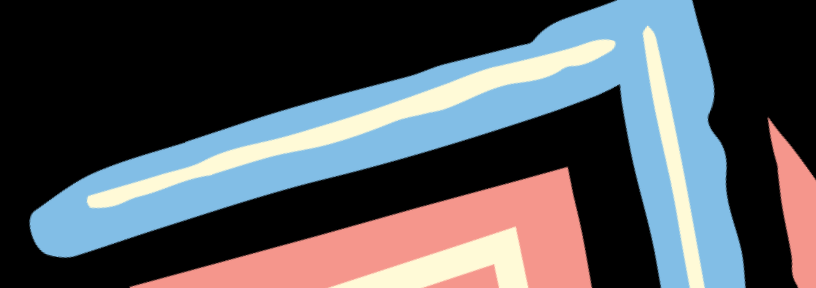What are Aboriginal places?
Aboriginal people have lived in southern Australia, including what is now Victoria, for many thousands of years. During that time, they left physical evidence of their activities which now survive as cultural heritage sites or places. Examples include shell middens, scatters of stone artefacts, oven mounds, stone quarries, rock art sites, fish traps, scarred trees, stone arrangements and places of burial.
Where do Aboriginal places occur?
There are Aboriginal cultural heritage places all over Victoria.
They are most common near rivers, lakes, swamps and the coast. There may be places on your property.
Are Aboriginal places protected?
All Aboriginal cultural places and places in Victoria are protected by law. Aboriginal artefacts are also protected.
It is against the law to disturb or destroy an Aboriginal place. Artefacts should not be removed from site.
Why protect Aboriginal places?
Aboriginal places are a precious part of the heritage of the whole community. They are of immense cultural, scientific, educational and historic interest.
Aboriginal heritage places provide Aboriginal people today with an important link to their culture and their past.
Aboriginal places are also fragile. When they are destroyed or damaged, information about past cultural and environmental changes may be lost forever. In many cases, information about the past occupation of Australia can only be obtained through the archaeological investigation of these places.
If there is an Aboriginal place on my land, can it be subject to a Native Title claim?
Generally, no. Only vacant Crown land may be subject to a native title claim. Freehold land, which is almost all private property, is not subject to native title claims even if Aboriginal places are present. In general, having Aboriginal cultural places on your land will not affect ownership, or stop existing land use from continuing.
What are threats to Aboriginal places?
Erosion and other natural processes threaten some Aboriginal places.
Human activities may also be a threat, particularly major changes to the way land is used, such as development.
Is agriculture a threat to Aboriginal places?
Places that have survived many decades of agriculture generally will not be further disturbed by continuing land use practices.
In many cases, sound land management has helped preserve Aboriginal places. Major changes to the landscape, such as levelling dunes or clearing native bushland, may damage Aboriginal places.
Some practices such as ripping to destroy rabbit burrows may also be undesirable in areas that contain Aboriginal places.
Who is responsible for Aboriginal places?
First Peoples – State Relations is the State Government agency which is responsible for Aboriginal places. First Peoples – State Relations has a register of Aboriginal places, and records and protects places.
Can anyone look for Aboriginal places on private property?
Only if the land owner gives permission, and if administrative requirements are met. Many places have only survived because private land owners have not permitted public access. It is illegal to excavate places without consent from the relevant Registered Aboriginal Party or First Peoples – State Relations. Section 34A of the Aboriginal Heritage Act 2006 sets out requirements for archaeological surveys.
Is it against the law to have a collection of Aboriginal artefacts?
No. The law does not prevent people from keeping Aboriginal artefacts.
However, artefacts (other than those originally made for sale) may not be bought or sold without a permit from First Peoples – State Relations. Owners of collections of Aboriginal artefacts can ask First Peoples – State Relations to document their collections. There is no charge for this service.
Is it against the law to possess Aboriginal ancestral remains?
It is illegal to possess Aboriginal skeletal remains. Anyone who has such remains is advised to contact First Peoples – State Relations.
What can be done with unwanted collections of Aboriginal artefacts?
First Peoples – State Relations will receive unwanted collections of Aboriginal artefacts. Such collections will be documented, then transferred to an appropriate keeping place or museum for storage or display.
Updated

